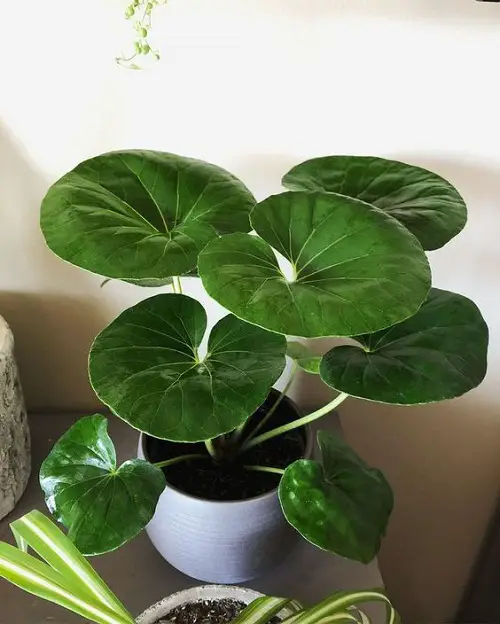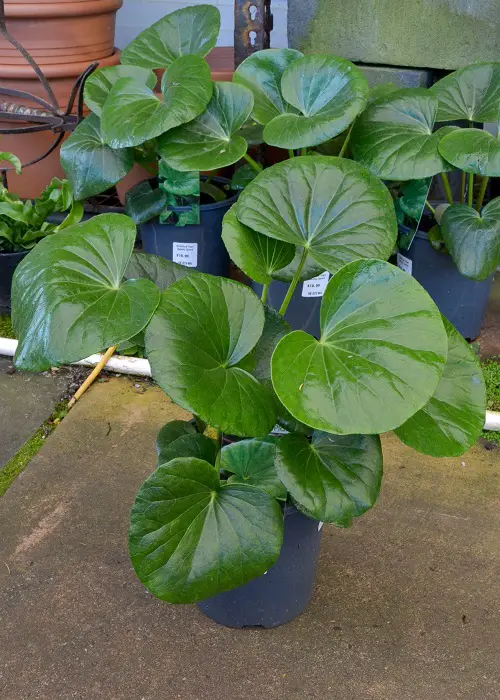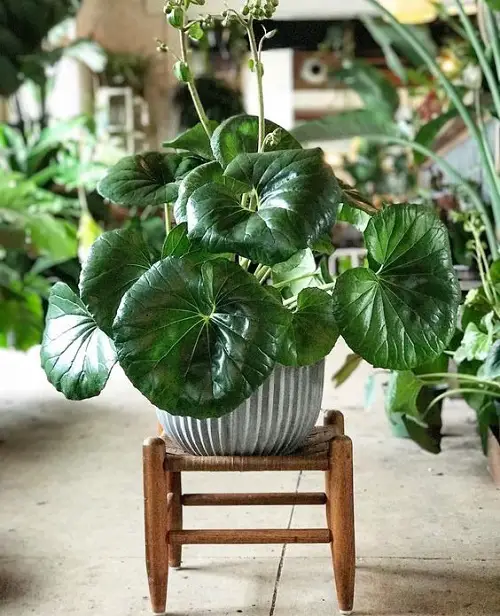If you want a specimen with showy foliage to boost the tropical flair of your garden, then growing Tractor Seat Plant is the best choice!

Tractor Seat Plants can be an interesting addition to shady gardens as they invite lush tropical vibes besides increasing the place’s curb appeal. Learn How to Grow Leopard Plant and add this beauty to your collection!
Learn to boost the curb appeal of your place here
Tractor Seat Plant Profile
Member of the Asteraceae, the Tractor Seat plant can be an attractive addition with its large glossy foliage and yellow daisy-like flowers. This low-maintenance perennial with consistent moisture needs produces yellow flower clusters from late Summer to Fall.
The round, lustrous leaves are subtly ruffled upwards from the petiole; this distinctive look gave the leopard plant its common name—Tractor Seat Plant. Some varieties also have bright yellow polka dots on the foliage, which gives it a name—Leopard Plant!
Botanical Name: Farfugium japonicum
Leopard Plant Propagation?
Growing this hardy plant is pretty straightforward through division.
- Loosen the soil well before digging out the plant. It will lessen the chances of root damage.
- Lift the plant out of the pot and detangle the root ball manually. You may also submerge the root ball in water to loosen the soil particles.
- Look for the buds or eyes on the root that will spurt into new plants. Using a sanitized knife, make cuts so that every division has 2-3 buds and enough roots.
- Now, plant these divisions directly in the garden or pots filled with a well-draining potting mix.
- Water the soil well, and keep it consistently moist but not soggy.
- Ensure the plant gets plenty of bright but indirect sunlight for most of the day.
You can also grow the plant from seeds, but it is time-consuming. Hence, buying a healthy leopard plant from a garden center will be great.
Find out the best moisture-loving plants here
Requirements For Growing Tractor Seat Plant

Sunlight
The plant does best in bright but indirect light, so save it from the harsh afternoon light. It won’t mind basking in some mild morning sun for a few hours. Do not keep it in the complete shade as it will result in a smaller foliage size.
Soil
The Leopard Plant prefers humus-rich soil with a neutral pH. Grow the plant in a well-draining sandy or loamy soil for the best and large leaves. You may amend the soil with organic compost or leaf mold to improve water retention.
Water
The only thing that the leopard plant is fussy about is the moisture content. Native to the coastal areas, this plant requires consistently moist soil to thrive well. Ensure not to let the soil dry out completely at any point in time as it would wilt its beautiful foliage.
Temperature & Humidity
Leopard plant is hardy to USDA zones 7-9. The plant does not appreciate extreme temperature fluctuations and wilts down if subjected to them. Also, protect it from frost and move it indoors if possible.
Tractor Seat Plant Care

Fertilizing
The plant does not require extra feeding if growing in a humus-rich medium. However, the occasional feeding of a balanced liquid fertilizer, diluted to half of its strength once in 6-8 weeks, will boost the growth. Do NOT feed the plant in the dormant season during winters.
Mulching
It is important to mulch the plant to maintain the moisture content around its roots. Apply half or 1 inch of leaf mold or well-rotten organic manure around the crown to help retain moisture on dry days.
Pests and Diseases
The leopard plant is not usually susceptible to pest infestation. Slugs tend to feed over the lustrous foliage. You can drive them away with some effective ways mentioned in our article here.



I killed a plant 3 times, so technically i am a serial killer. ;) Jk I killed 4 plants